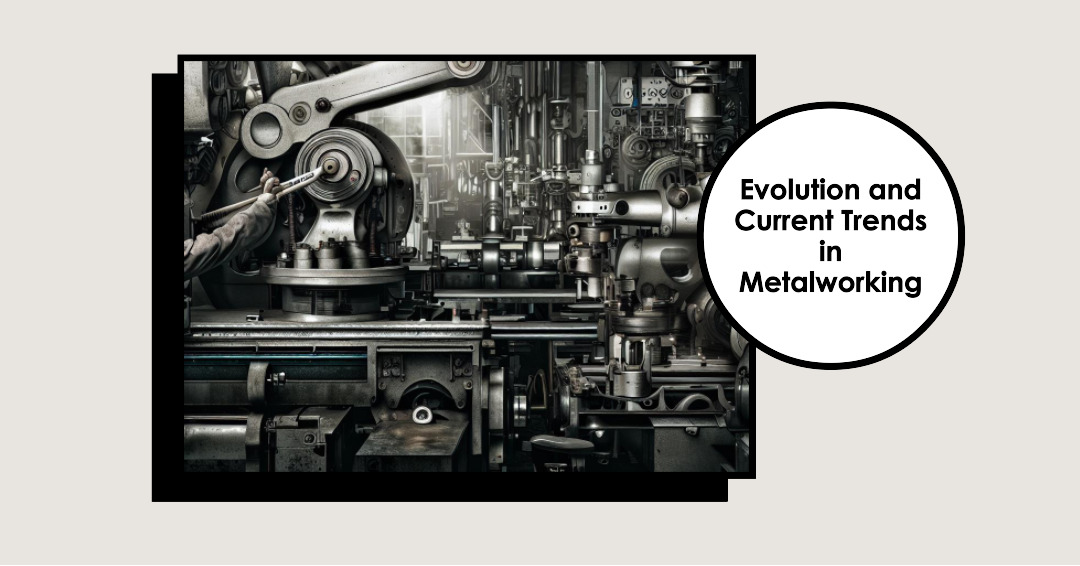The metalworking industry has been a cornerstone of American manufacturing since the advent of the Industrial Revolution in the late 18th century. Over the years, the industry has undergone significant transformations, adapting to technological advancements, shifts in labor needs, and changing economic landscapes. This article explores the historical and current trends shaping the metalworking industry, focusing on location trends, the impact of automation, and the effects of offshoring and reshoring.
Historical Location Trends in Metalworking
The metalworking industry gained prominence in the U.S. during the Industrial Revolution when manufacturers transitioned from hand production to machine-based production. This shift dramatically increased the quality and quantity of output, benefiting several industries, including automotive, aerospace, electronics, and machinery.
The early 20th century saw the rise of the “Manufacturing Belt,” a cluster of metalworking trades and machine-tool firms in America's East-North Central region. Cities like Detroit, Flint, Toledo, Chicago, Cleveland, and Youngstown became industrial powerhouses, supporting a diverse range of metalworking trades. However, the Manufacturing Belt began a long downturn after 1950 due to a lack of competition pressure in markets and labor, leading to a lackadaisical attitude toward innovation.
The Impact of Automation
While the geographic migration of the metalworking industry was taking place, a more disruptive change was occurring – the advent of the CNC (Computer Numerical Control) machine. Developed in the 1950s, CNC machines automated the transformation of a stock piece of material into a finished product. This automation improved both the speed and accuracy of prototype parts creation, especially when the material was critical.
The rise of CNC machines and other computerized production tools led to a dramatic shift in labor and skillset needs. Fewer production workers were required, and those that remained needed to use more of their brains and less of their hands. Workers needed to understand the full assembly processes and how to program and operate the machines that automated them. It is estimated that approximately 50 percent of the American manufacturing jobs lost between 2001 and 2013 were due to automation.
Offshoring and Reshoring
The turn of the 21st century saw an explosion in offshoring, with American manufacturers producing more for less money in countries with low wages, particularly China. However, the poor quality of cheaply made Chinese products led to consumer dissatisfaction, causing manufacturers to reconsider their production and outsourcing strategies.
While some argue that there is a reshoring trend bringing manufacturers back to America, research suggests that supply chain movements are more complex. Even within the same company, one department might be outsourcing while another is reshoring. The reality is that companies are continually reassessing how and where to produce products, leading to a lot of change in the industry.
In conclusion, the metalworking industry has been shaped by various trends over the years, from shifts in location and labor needs to the impact of automation and offshoring. As the industry continues to evolve, it will be interesting to see how these trends develop and what new trends emerge.

